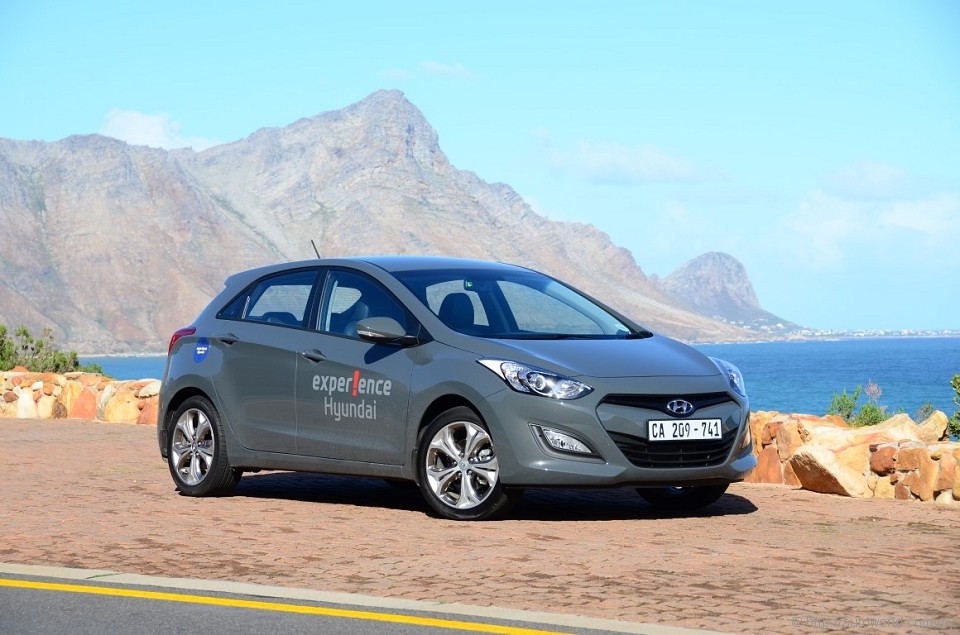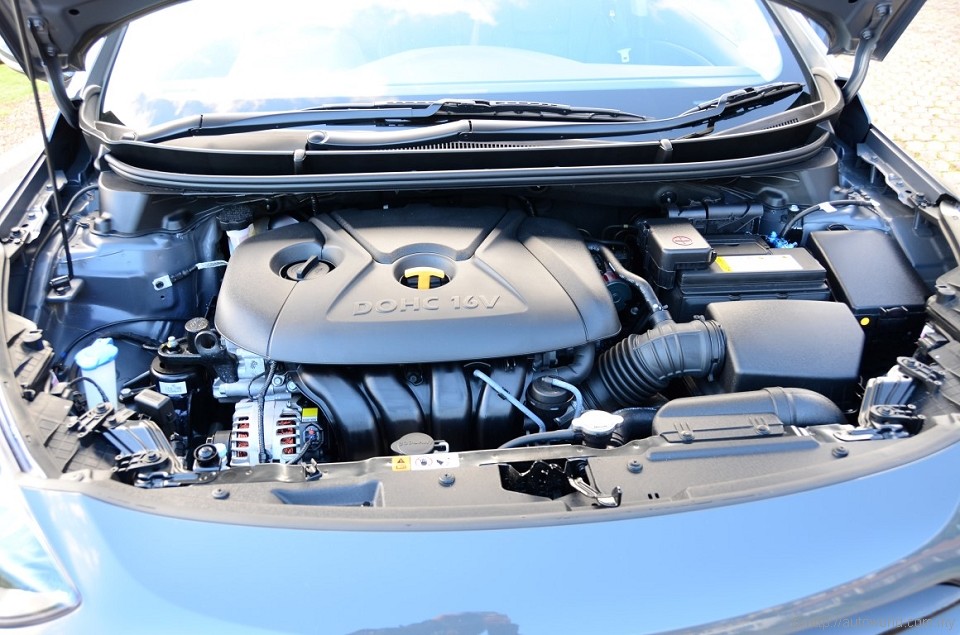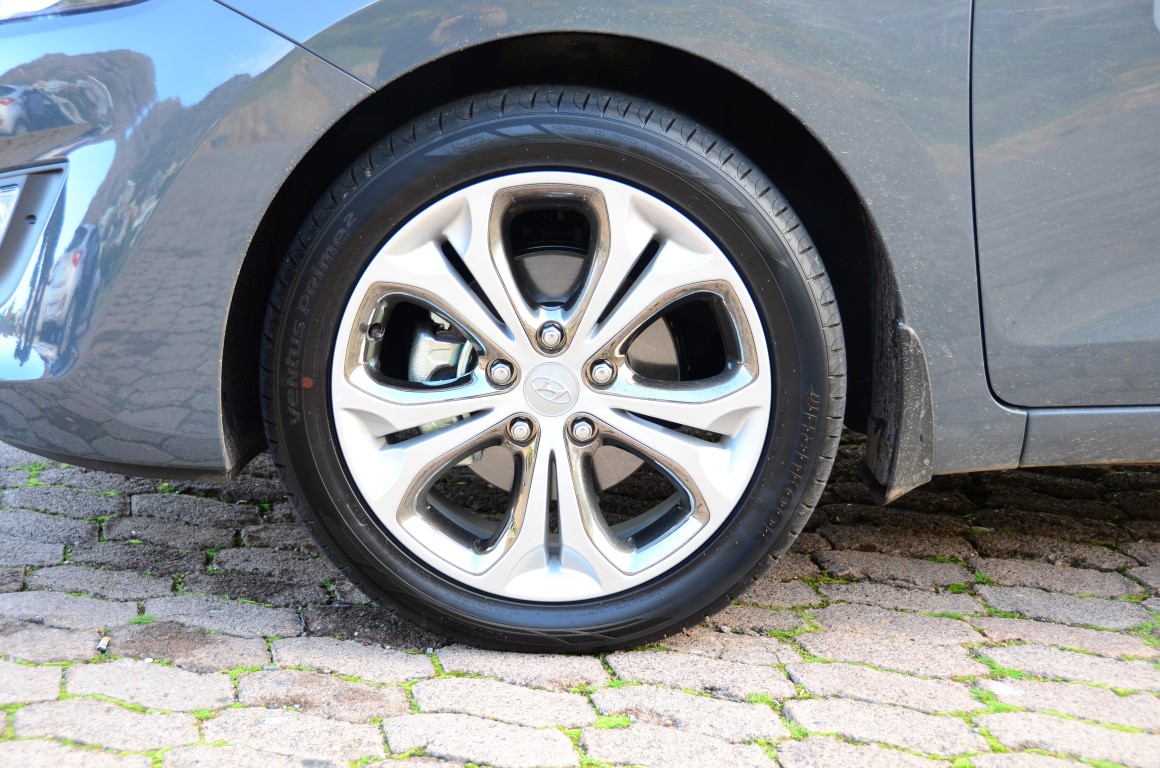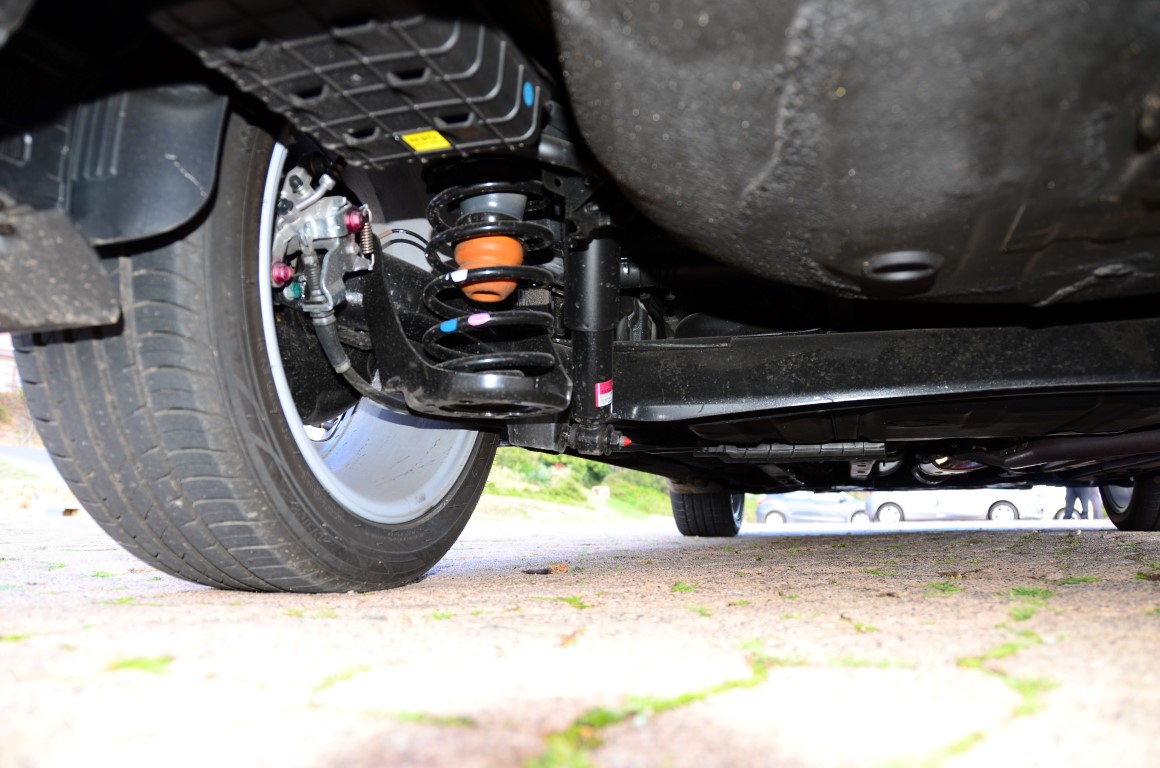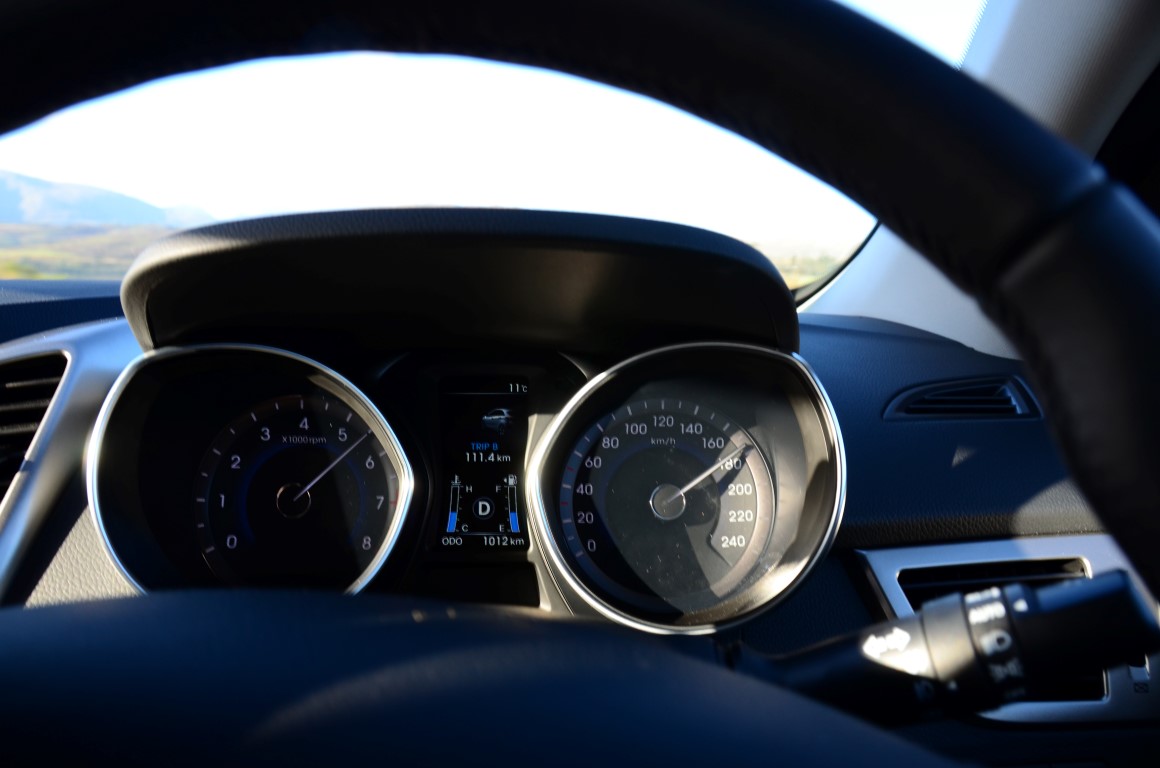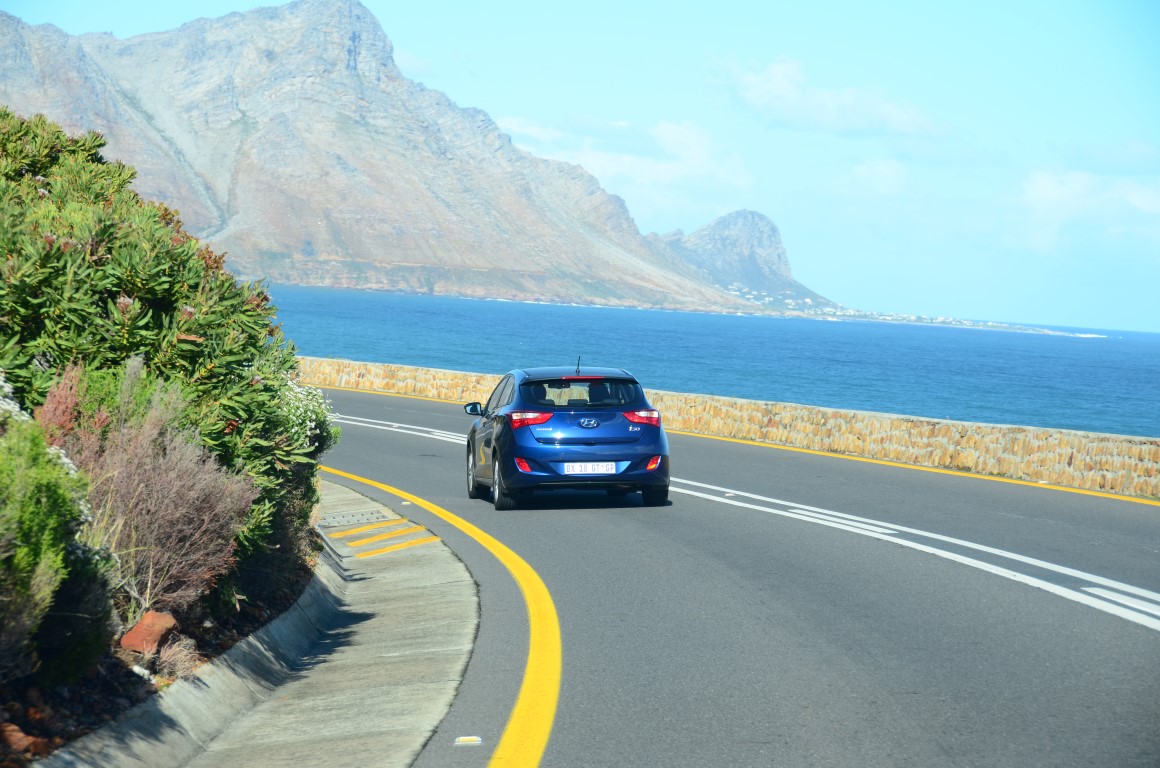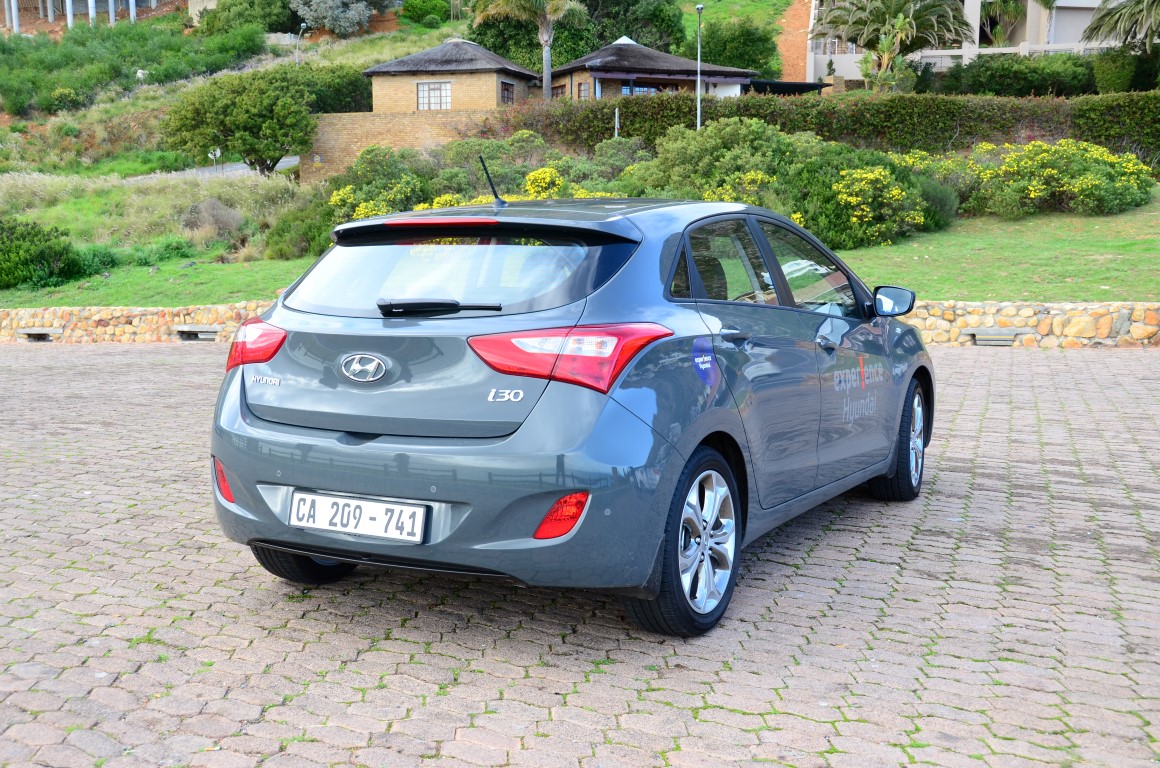Hyundai to Introduce i30 in Malaysia in March 2014
Hyundai will be introducing an exciting hatchback car in March 2014 – the Hyundai i30, a hatchback based on the Elantra platform – the underpinnings are the same as the Elantra, but that’s about it – the rest of the body is not an Elantra with its ‘tail’ cut off, but a complete new design from the bottom up.
Designed at the Hyundai Motor Europe Technical Centre in Russelsheim Germany, the Hyundai i30 was first premiered at the 2011 Geneva Motor Show and went on sale in Europe in early 2012 as a 1.6 litre hatchback. Built principally for the European market, the i30 was meant to compete directly against the Golf and other European hatchbacks.
The Hyundai i30 comes with 4 drive train options, which includes two naturally aspirated gasoline engines of 1.6 and 1.8 litre capacity, and two diesel options, which will not make it here unless and until we get higher grade diesel fuel here.
The 1.6 litre gasoline engine version offers 130 horsepower and 157Nm of torque, while the 1.8 litre version produces 150 horsepower and 187Nm of torque. Details of engine are not that clear yet, but I suspect that the higher outputs are due to direct injection technology. What is definite is that both versions will come with 6-speed automatic transmissions. Claimed fuel consumption figures are 6.4 litres per 100 km for the 1.6 litre version and 6.5 litres per 100 km for the 1.8 litre version.
In terms of aesthetics, the Hyundai i30 is built upon the current DNA of ‘fluidic’ design that is permeating throughout the Hyundai range, and looks quite appealing. Particular attention has been paid to structural rigidity, and safety – the Hyundai i30 comes with a EURO NCAP 5-star rating.
Dimensionally, the i30 is about the size of the Golf 7, and in comparison, the i30’s overall length is 4,300mm, 45mm longer than the Golf, with a wheelbase of 2,650mm compared to 2,637mm for the Golf, stands taller at 1,470mm versus the golf at 1,452mm, and a tad narrower at 1,780mm compared to the Golf at 1,799.
A small group of Malaysian media were invited to Cape Town, South Africa in July 2012 to take part in a media test drive, and finally, after a very long embargo period, we are able to write about it.
Front suspension is Macpherson strut type; while the rear is fitted with a torsion beam – these were the specifications based on our test drive units in South Africa – the European version is available with a multi-link rear, so we will have to reconfirm this part when we actually see the car here next month. The i30 comes with EPS (Electric power steering), with a 3-mode setting which can be selected by the driver. I found the harder setting to be the best on the mountain roads, while a softer setting was good for city driving.
We drove through some very beautiful roads in South Africa, which included some steep hill climbing – handling, despite the torsion beam suspension, was exemplary, and the power delivery was excellent. The six-speed auto works well to transfer the power onto the road with seamless gear changes. The i30 corners quite ‘flat’ and four disc brakes all round helped to boost our confidence in the brakes. The model we tested came with Electronic Stability control (ESC) and Vehicle Stability Management (VSM) – however, we will have to wait to see if the local model will come with these features.
Noise, vibration and harshness (NVH) was something the Hyundai chassis design team worked hard at to keep to a minimum, and I must say the i30 is one of the quietest and smoothest around. What the coming of the Hyundai i30 means to us is that we will now have more choices when looking around for a mid-sized hatch.





